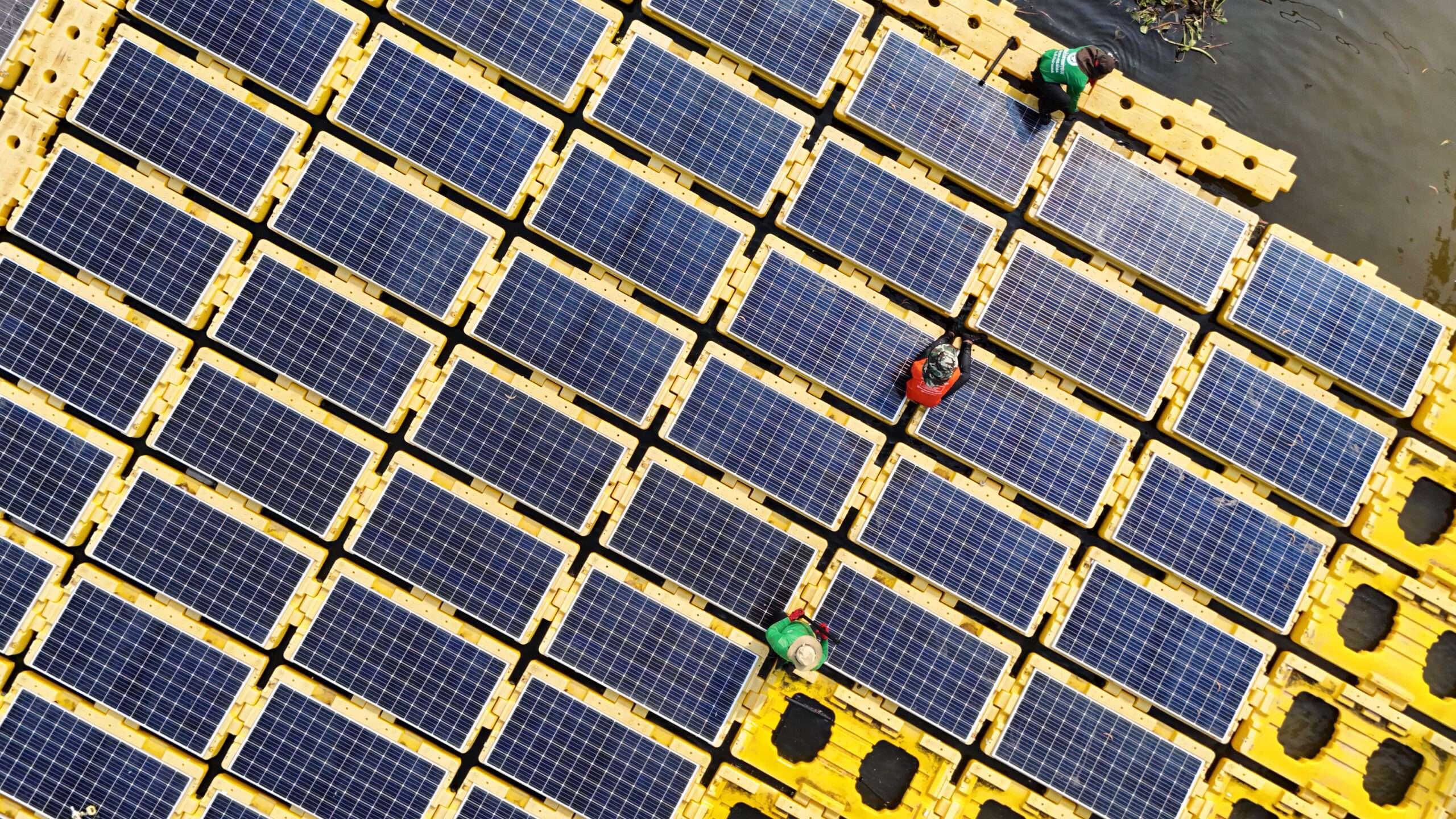
After losing disputes at the World Trade Organization (“WTO”) in 2014, China has taken steps to bring itself into compliance on a case involving rare earth, tungsten, and molybdenum products. For example, effective May 1, 2015, China eliminated export duties on rare earth minerals, tungsten, and molybdenum.[1] China had previously, on January 1, 2015, eliminated export quotas on these products.[2] China also appears to have addressed the challenge to limiting requirements for companies to trade in rare earth, tungsten, and molybdenum products. Specifically, the 2015 Catalogue of Commodities Subject to Export License Administration, which officially categorized rare earths under export licensing, stated in Article 10 that exporters of rare earths, tungsten, and molybdenum are only required to provide export contracts to obtain export licenses, no approval documents required. The actions of China were welcomed by the United States.[3]
[Reposted from Stewart and Stewart | June 10, 2015]
The actions by the Chinese, if they in fact fully bring China into compliance, occur on the selected products challenged by the United States, the European Union, and Japan some thirty-seven and a half months after the United States, the European Union, and Japan filed their requests for consultations and fifty-six months after the United Steelworkers union’s 301 petition on green technology formally sought action by the United States against China on rare earths and tungsten.[4] So a very long time to achieve compliance with a facially obvious obligation that China assumed when it joined the WTO at the end of 2001. Moreover, the long delay in bringing the case and the lengthy process to achieve compliance has meant that many companies that use rare earths have shifted production to China to have access to cheaper raw materials, creating distortions in the global allocation of resources (including investment and jobs) that will take at least decades to correct. How important the implementation of obligations will be is thus open to question.
Moreover, this was not the first case against China, but the second. The United States, the European Union, and Mexico had filed cases in June 2009 on export quotas and export duties on various raw materials (bauxite, coke, fluorspar, magnesium, manganese, silicon carbide, silicon metal, yellow phosphorus, and zinc), with implementation completed by January 28, 2013 (forty-three months after the requests for consultations).[5] Thus, we are seventy-one months since the first requests for consultations dealing with China’s export restraints were filed. And China continues to engage in blatantly WTO-inconsistent conduct on several hundred products.
While the issue of export quotas is arguably more nuanced and could require a case-by-case examination, such cannot be said for export duties. China’s Protocol of Accession limits China to applying export duties to no more than 84 8-digit HS categories with capped rates.[6] From the beginning, China has flouted this obligation and has added literally hundreds of 8-digit HS categories to its annual list of products subject to export duties. Moreover, for some products where such duties are permitted, China has assessed export duties that exceed the maximum permitted. Yet the first challenge resulted in a finding that China did not have resort to exceptions to its obligations on limiting export duties. The list was not amendable or the tariff caps exceedable. Yet the list as of January 1, 2015 (before the revisions that took effect May 1, 2015) included 343 8-digit HS categories. The United States had listed 76 8-digit HS categories in its request for consultations. Thus, the 2015 list, even after correcting for rare earth, tungsten, and molybdenum products, has as many as 183 products facing export duties that are not permissible under China’s Protocol of Accession, shown in Table A below. This number does not include any products that are within the list of 84 products where export duties are permitted but where current rates exceed the cap included in the Annex 6 commitments. A quick review suggests that none of the 84 products exceed the current bound rate, but an analysis of export duties for the 2007-2015 period shows that this has not always been the case (and was so found on some items in the first WTO case), as shown in Table B below.
As China is now the world’s largest exporter, it obviously has a large stake in the correct functioning of the current global trading system. One would expect it to be in conformance on those matters that are clear from its Protocol of Accession. We are now thirteen and a half years since China joined the WTO and yet there is no recognition by China of its obligation to lead in this matter. Rather, unfortunately, China’s actions to date demonstrate that compliance with its export restraint obligations will occur only when cases are brought, litigated, and won at the WTO. In the absence of China bringing itself into compliance, trading partners are left with no choice but to pursue yet another round of cases. Unfortunately, it is likely that China will make it to twenty years of WTO membership without honoring in full its clear obligation not to distort global markets through its export restraint programs. Such actions by the world’s largest exporter raise concerns for trading partners on the value of multilateral commitments and complicate the Administration’s efforts to achieve its trade negotiating objectives. If it takes twenty years or more to achieve compliance with straight forward obligations, there is little chance that further obligations have the meaning that trading partners should be able to expect to achieve a level playing field.
Click here to read the remainder of the article.













